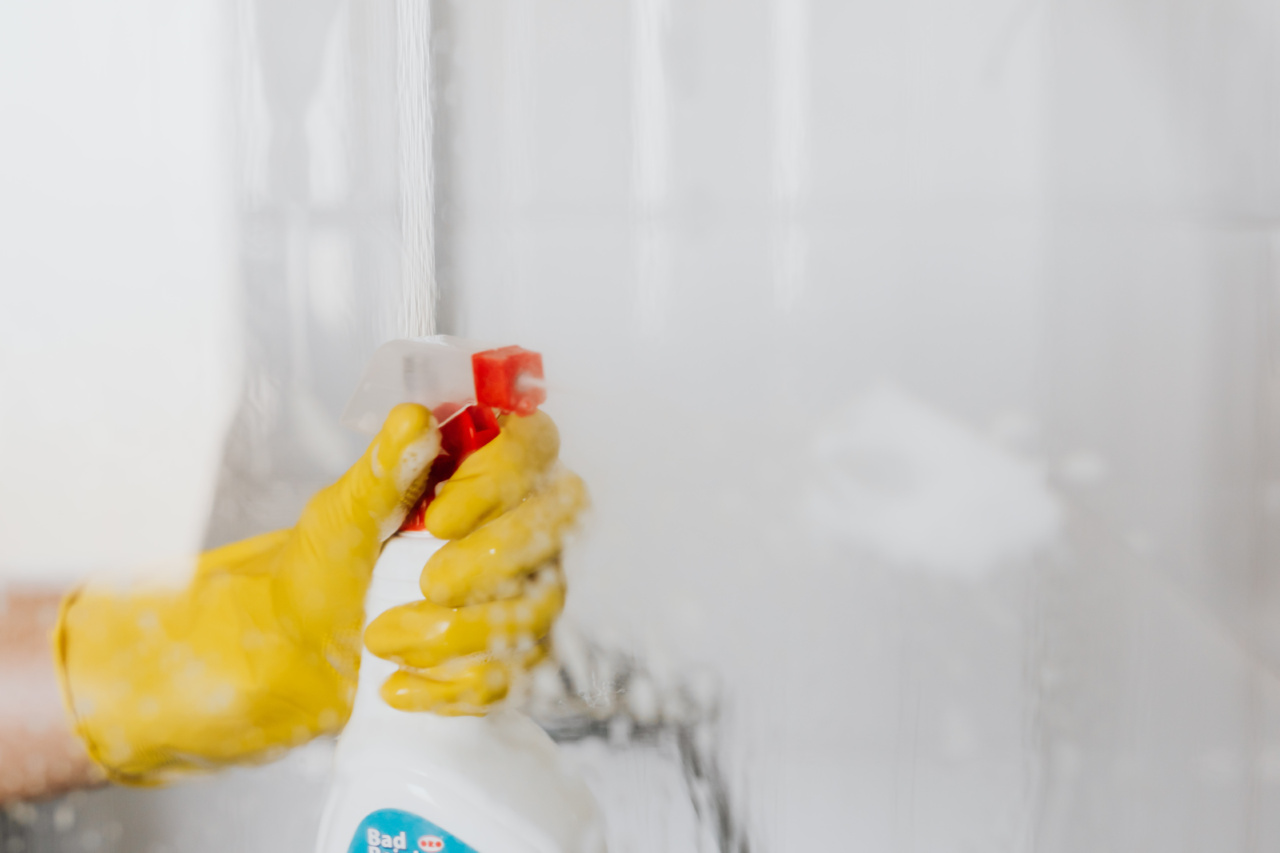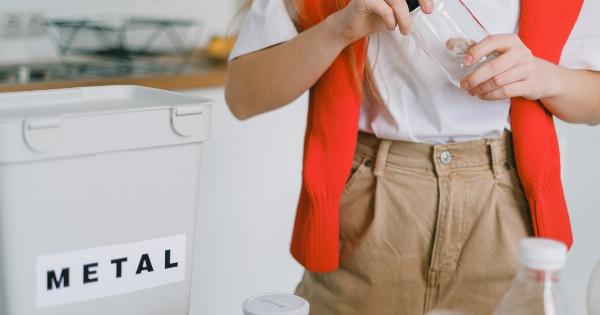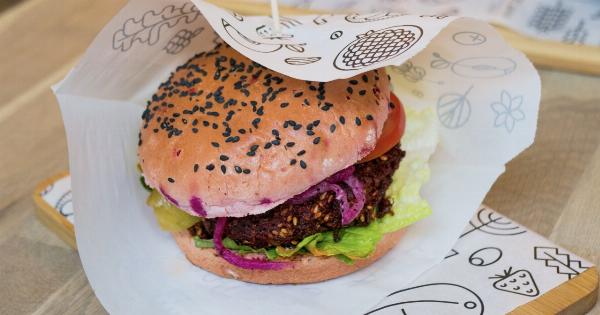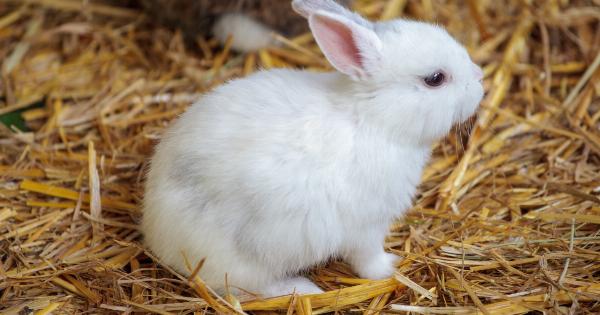Plastic bottles have become an integral part of our lives. They are used for storing and transporting various liquids, from water to soda, juice, and even cleaning products.
While they may seem like just another disposable item, plastic bottles actually have a hidden value that goes beyond their initial purpose. In this article, we will explore the hidden value behind a plastic bottle and how it can be harnessed for a more sustainable future.
The Environmental Impact of Plastic Bottles
Before diving into the hidden value, it’s important to understand the environmental impact of plastic bottles. Their production involves extracting fossil fuels and releasing greenhouse gases into the atmosphere.
Moreover, plastic bottles take hundreds of years to decompose, contributing to the ever-growing issue of plastic pollution in our oceans and landfills.
According to a report by the World Economic Forum, more than 8 million tons of plastic end up in our oceans every year. It is estimated that by 2050, there will be more plastic in the ocean than fish.
These staggering numbers highlight the urgent need for finding sustainable solutions for plastic waste, including plastic bottles.
Recycling: a Hidden Opportunity
One of the hidden values behind a plastic bottle lies in its potential for recycling. Recycling plastic bottles can contribute to a significant reduction in environmental impact.
When plastic bottles are recycled, they can be transformed into various products, mitigating the need for virgin plastics and reducing the demand for fossil fuels.
Recycling is a process that involves collecting, sorting, and reprocessing waste materials to create new products. Plastic bottles, once collected and sorted, are shredded and melted to create plastic pellets.
These pellets can be used for manufacturing new bottles, but the possibilities go beyond simple replication.
Reusing and Repurposing Plastic Bottles
While recycling is crucial, reusing and repurposing plastic bottles offer additional hidden values. Plastic bottles can be repurposed into various creative and functional items, reducing waste and promoting sustainability. Here are a few examples:.
1. Vertical Gardens
Plastic bottles with their bottoms cut off can be transformed into innovative vertical gardens. These gardens not only provide a creative solution for growing plants in limited spaces but also promote urban greening.
By repurposing plastic bottles into vertical gardens, we can enhance the aesthetics of buildings while also improving air quality.
2. Bird Feeders
Empty plastic bottles can be easily turned into bird feeders. By cutting holes in the sides and adding perches, we create a safe feeding spot for birds.
Creating bird feeders from plastic bottles not only benefits our feathered friends but also helps reduce plastic waste.
3. DIY Storage Containers
Plastic bottles can be transformed into practical storage containers. By cutting off the tops and decorating the exteriors, we can create containers for organizing small items such as stationery, craft supplies, or even kitchen spices.
This DIY approach not only repurposes plastic bottles but also encourages creativity and reduces the need for purchasing new storage solutions.
4. Simple Irrigation Systems
Plastic bottles can be used to create simple irrigation systems for plants. By poking small holes in the caps and burying the bottles next to plants, water can slowly seep into the soil, providing a consistent water source.
This method is particularly useful in arid regions or for individuals who are unable to water their plants frequently.
5. Eco Bricks
Eco bricks are created by stuffing plastic bottles with non-recyclable waste, such as plastic wrappers and bags.
By tightly packing the bottles, we create building blocks that can be used for various construction purposes, such as building walls, benches, or even entire structures. Eco bricks offer a sustainable alternative to traditional construction materials while reducing plastic pollution.
The Economic Value of Plastic Bottle Recycling
In addition to the environmental benefits, recycling plastic bottles also carries economic value. The recycling industry plays a significant role in job creation and economic growth.
By collecting and processing plastic bottles, recycling facilities create employment opportunities throughout the supply chain, from collection to sorting and reprocessing.
Moreover, recycling plastic bottles reduces the demand for virgin plastics, which rely on the extraction of fossil fuels. As the demand for recycled plastics increases, so does the value of recycled materials.
This creates a market for recycled plastics, allowing them to become a valuable commodity in the manufacturing industry.
Government Policies and Initiatives
Recognizing the hidden value behind plastic bottles, governments around the world are implementing policies and initiatives to promote recycling and reduce plastic waste.
These policies include mandatory recycling programs, extended producer responsibility, and banning certain types of single-use plastics.
By setting targets and implementing regulations, governments encourage individuals and businesses to prioritize recycling and consider alternative packaging solutions.
Furthermore, governments collaborate with recycling organizations to invest in infrastructure and technologies that facilitate the recycling process.
Education and Awareness
Education and awareness play a vital role in uncovering and maximizing the hidden value behind plastic bottles.
By educating individuals about the environmental impact of plastic bottles and promoting the benefits of recycling, we can shift mindsets and behaviors towards more sustainable practices.
Schools, organizations, and community groups can organize seminars, workshops, and awareness campaigns to inform the public about the hidden value of plastic bottles.
By showcasing creative repurposing ideas and success stories, we inspire individuals to think beyond the traditional lifespan of a plastic bottle.
The Future of Plastic Bottles
The future of plastic bottles lies in our ability to harness their hidden value and incorporate sustainable practices into their lifecycle. Recycling and repurposing are crucial steps towards reducing waste and minimizing environmental impact.
However, innovation is key in finding alternatives to single-use plastic bottles.
Research and development in the field of bioplastics and compostable materials offer promising solutions for the future of packaging.
These materials can be derived from renewable sources and break down naturally, avoiding the long-lasting impact of traditional plastics.
Conclusion
Plastic bottles may initially appear as disposable items, but they carry a hidden value that goes far beyond their intended use.
Through recycling, repurposing, and innovation, we can unlock the hidden potential of plastic bottles, contributing to a more sustainable future. By embracing the value behind plastic bottles, we can reduce waste, promote recycling, and create a positive impact on the environment and society as a whole.































